Indian Geographical Extent & Frontiers | Geography for UPSC CSE PDF Download
Indian Geographical Extent and Frontiers
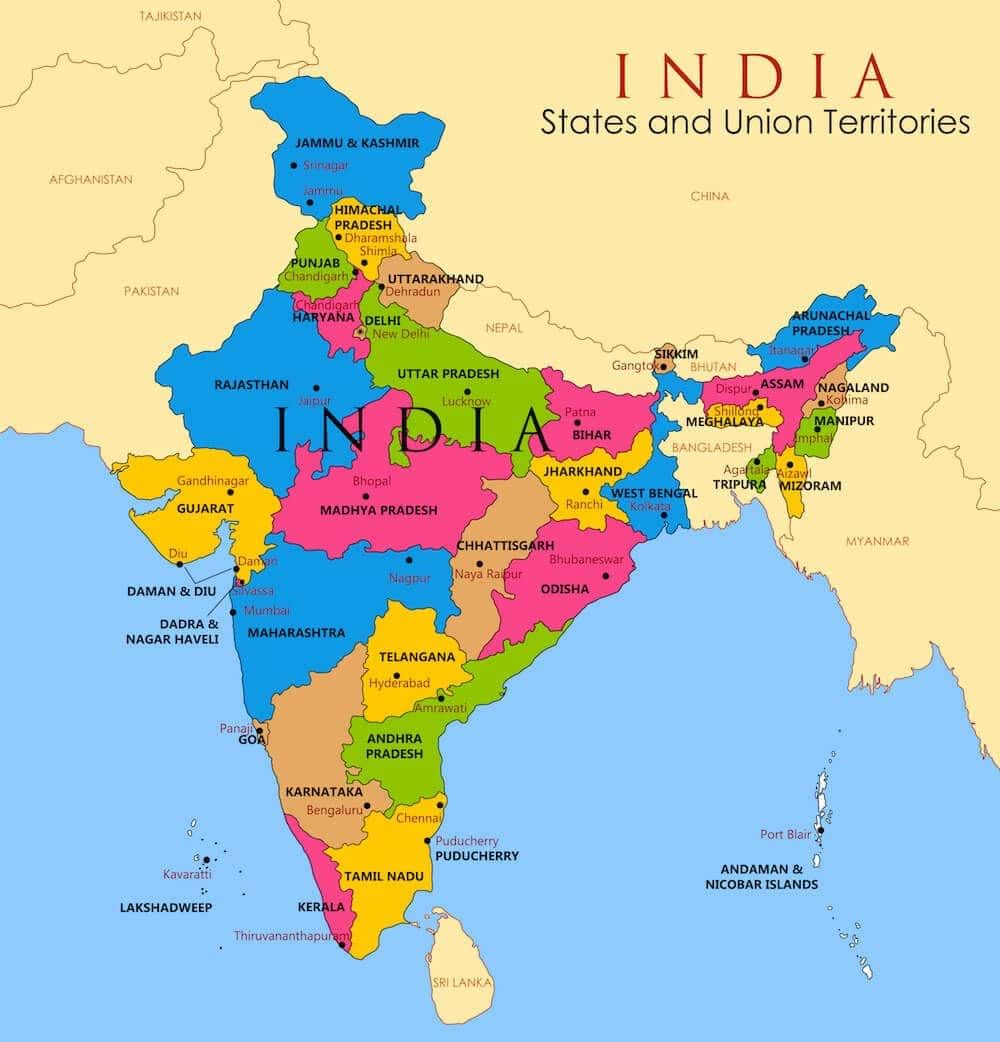
India is a vast country, India is located entirely in the northern hemisphere; specifically in the south-central part of the continent of Asia, the mainland extends between latitudes 8°4’N and 37°6’N and longitudes 68°7’E and 97°25’E, area of the world.
As the 7th largest country globally, India stands apart from the rest of Asia, marked off as it is by mountains and the sea, which gives the country a distinct geographical entity.
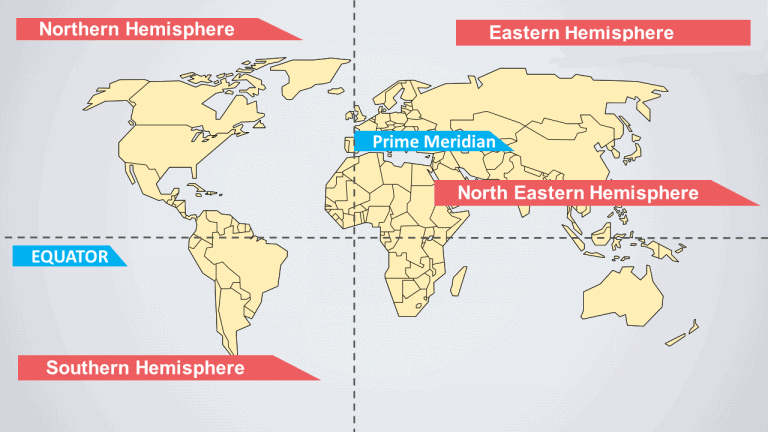
India has a land boundary of about 15,200 km and the total length of the coastline of the mainland, including Andaman and Nicobar and Lakshadweep, is 7,516.6 km.
India is bounded by the young fold mountains in the northwest, north, and northeast. South of about 22° north latitude, it begins to taper and extends towards the Indian Ocean, dividing it into two seas, the Arabian Sea on the west and the Bay of Bengal on its east.
The latitudinal and longitudinal extent of the mainland is about 30°. Despite this fact, the east-west extent appears to be smaller than the north-south extent.
From Gujarat to Arunachal Pradesh, there is a time lag of two hours. Hence, time along the Standard Meridian of India (82°30’E) passing through Mirzapur (in Uttar Pradesh) is taken as the standard time for the whole country. The latitudinal extent influences the duration of day and night, as one moves from south to north.
The Tropic of Cancer passes through eight states in India: Gujarat (Jasdan), Rajasthan (Kalinjarh), Madhya Pradesh (Shajapur), Chhattisgarh (Sonhat), Jharkhand (Lohardaga), West-Bengal (Krishnanagar), Tripura (Udaipur) and Mizoram (Champhai).
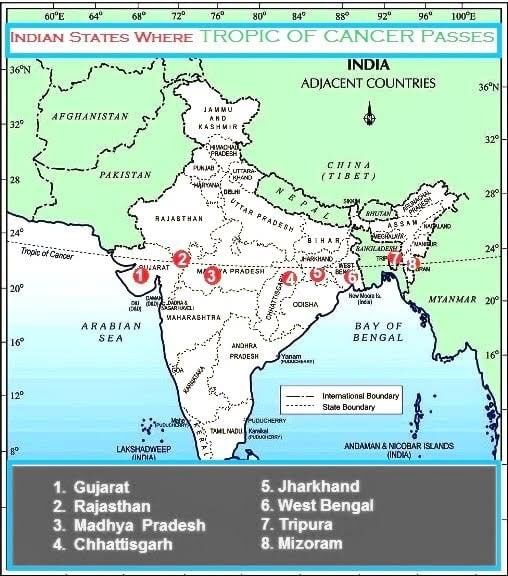
Size and Extent


- The country's southernmost point is the Pygmalion Point or Indira Point is located at 6° 45′ N latitude.
- The north-south extent from Indira Col in Kashmir to Kanniyakumari is 3,214 km.
- East-west width from the Rann of Kachachh to Arunachal Pradesh is 2,933 km.
- With an area of 32,87,263 sq km, India is the seventh-largest country in the world.
- India accounts for about 2.4 percent of the total surface area of the world.
- The Tropic of Cancer passes through the middle of the country, dividing it into two latitudinal halves.
- The north of Tropic of Cancer is near twice the area that lies to the south of it.
- South of 22° north latitude, the country tapers off over 800 km into the Indian Ocean as a peninsula.
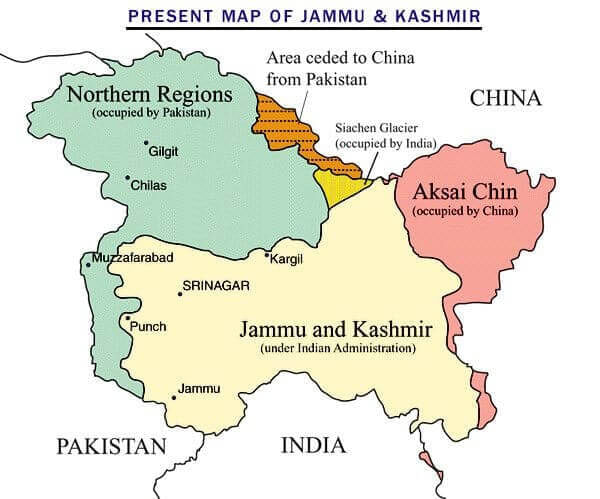
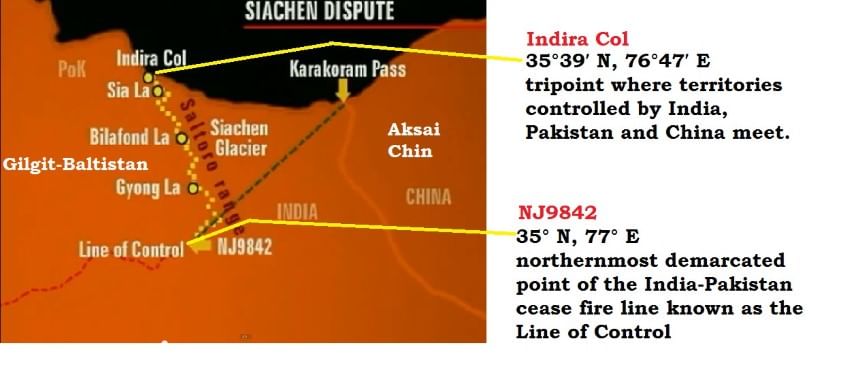
Coastline of India
India is a country that is surrounded by the sea on three of its sides. The coastal plains in India are along the west and east of the country. Extending up to 7516.6 km, the coastal plains in India are of two types:
- Eastern Coastal Plains of India
- Western Coastal Plains of India
Eastern Coastal Plains of India
The eastern coastal plains stretch from West Bengal in the north to Tamil Nadu in the south and pass through Andhra Pradesh and Odisha. Deltas of the rivers Mahanadi, Krishna, Godavari, and Cauveri are present in the eastern coastal plain. The deltas are very fertile and productive for agriculture. Therefore, the delta of the River Krishna is called the ‘Granary of South India‘. The Eastern coast is again divided into three categories:
- Utkal coast: Extending between the Chilika Lake and Kolleru Lake, they are much wider than the western coastal plains and undergo immense rainfall. Some of the crops that are cultivated here are rice, coconut, and banana.
- Andhra coast: Extending between the Kolleru Lake and Pulicat Lake, the Andra coast forms a basin area for the Krishna and the Godavari rivers.
- Coromandel coast: The Coromandel coast extends between Pulicat Lake and Kanyakumari in Tamil Nadu. This Indian coastline remains dry in summer and receives rainfall during the winter due to the north-east monsoons.
Chilka lake and the Pulicat lake (lagoon) are the important geographical features of the east coast.
Western Coastal Plains of India
Western Coastal Plains stretches from Kerala in the south to Gujarat in the north passing through Karnataka, Goa, and Maharashtra. The western coastal plains stretch for 1500 km north to south and its width ranges from 10 to 25 km. The West Continental Shelf is at its widest off the Bombay coast. This place is rich in oil. Along the Malabar Coast, many beautiful lagoons make the place a tourist destination. The western coast is narrower than the eastern coast.
The western coast is further divided into four categories:
- Kachchh and Kathiawar coast: Kachchh, formerly a gulf, is formed by the deposition of silt by the Indus. The area of Kachchh is covered with shallow water during the monsoons and is divided into Great Rann in the north and Little Rann in the east. At the same time, Kathiawar is situated to the south of Kachchh.
- Konkan coast: It extends between Daman in the north to Goa in the south. Rice and cashew are the two important crops of this region.
- Kanada coast: It extends between Marmagaon and Mangalore and is rich in iron deposits.
- Malabar coast: Extending between Mangalore to Kanyakumari, the Malabar coast is relatively broad. This region also consists of lagoons running parallel to the coast in southern Kerala.
Konkan coast = Maharashtra coast and Goa coast;
Malabar Coast = Kerala and Karnataka coast.
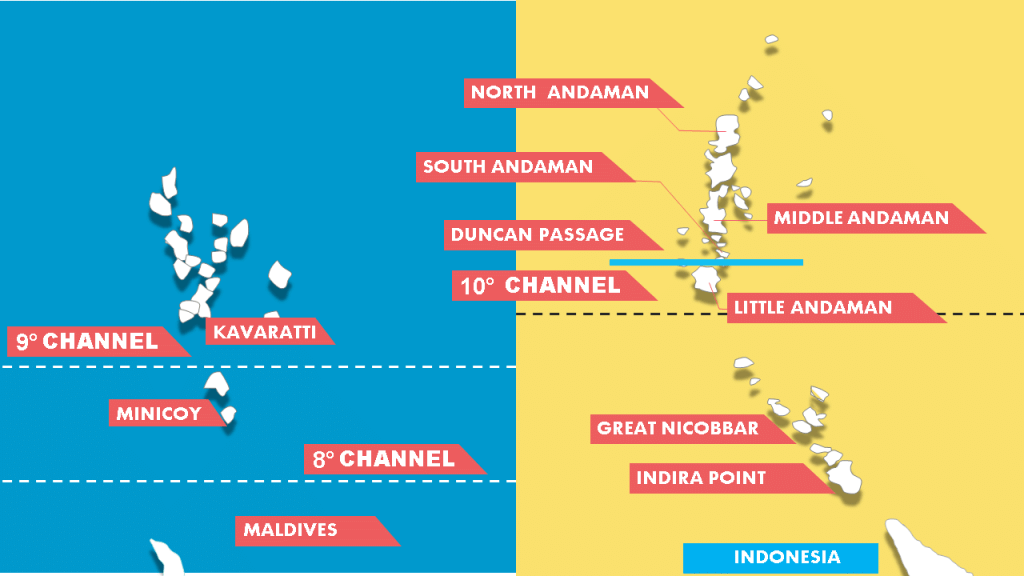
Standard Time (Time Zone)
Every place on Earth is measured in terms of its distance east or west of the prime meridian (0 longitudes) in Greenwich, London, United Kingdom. This is also the reference point for Coordinated Universal Time (UTC) with 1 hour per 15 degrees longitude.
For Example:
At 150 degrees west (or 150 W) longitude, the time should be 150 degrees divided by 15 degrees = 10 hours behind UTC, or UTC-10.
In India 82º 30 E has been taken as the reference for Indian Standard Time (IST), India is ahead of UTC by 5hr and 30 minutes.
Indian Standard Meridian passes through Uttar Pradesh, Madhya Pradesh, Chhattisgarh, Odisha and Andhra Pradesh.
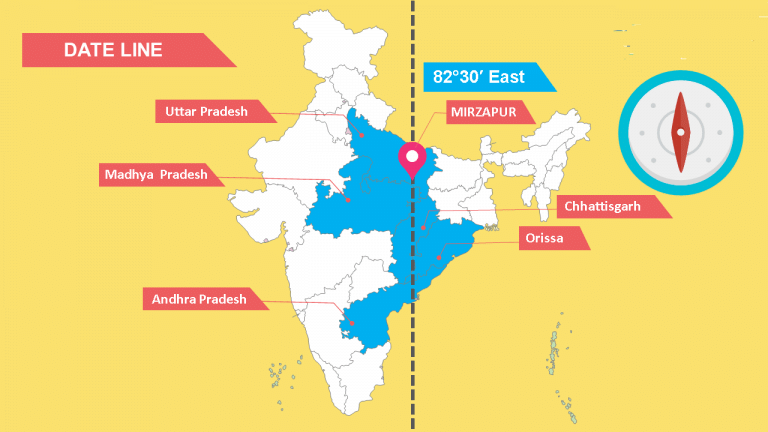
India, Tropical or Temperate Country?
- The temperate part (north of Tropic of Cancer) is twice the area of the tropical part.
- But India has always been treated as a tropical country for two different reasons – physical and cultural.
Physical Geographical Reasons
- The country is separated from the rest of Asia by the Himalayas.
- The tropical monsoons dominate its climate, and the Himalayas blocks the temperate air masses.
- The entire area south of the Himalayas is essentially tropical from a climatic point of view: Although the night temperatures in Winter at several places in North India may come down to the level of those prevailing in temperate lands. Yet, clear skies and intense insolation raise the day temperatures to a tropical level.
Cultural Geographical Reasons
- Settlements, diseases, agricultural and primary economic activities are all tropical in nature.
India’s Frontiers
- India has 15106.7 Km of land border running through 92 districts in 17 States and a coastline of 7516.6 Km [6100 km of mainland coastline + coastline of 1197 Indian islands] touching 13 States and Union Territories (UTs).
- Barring Madhya Pradesh, Chhattisgarh, Jharkhand, Delhi, Haryana and Telangana, all other States in the country have one or more international borders or a coastline regarded as frontline States from the point of view of border management.
- India’s longest border is with BANGLADESH while the shortest border is with Afghanistan.
- The length of India’s land borders with neighbouring countries is as under:
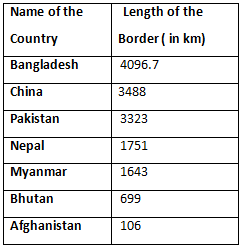
Ministry Of Home Affairs
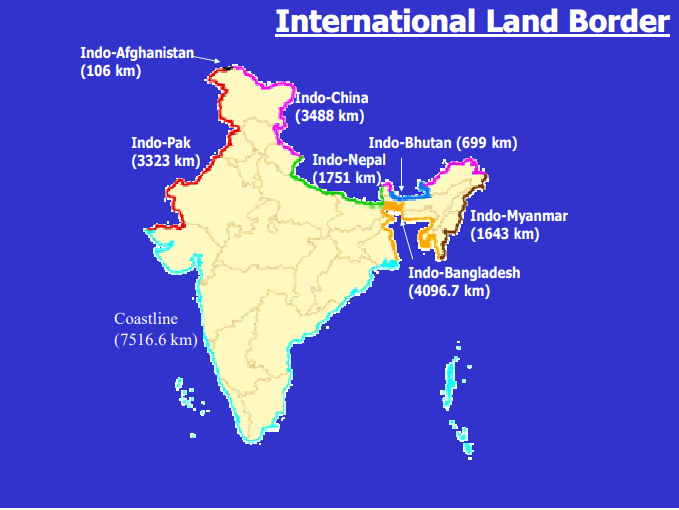
Border with China
- This is the second-longest border of India, next only to its border with Bangladesh.
- Five Indian states, namely Jammu and Kashmir, Himachal Pradesh, Uttarakhand, Sikkim and Arunachal Pradesh, touch the Indian boundary with China.
- The Sino-Indian border is generally divided into three sectors, namely : (i) the Western sector, (ii) the Middle sector, and (iii) the Eastern sector.
The Western Sector
- Separates Jammu and Kashmir state of India from the Sinkiang (Xinjiang) province of China.
- The western sector boundary is largely the outcome of the British policy towards Jammu and Kashmir's state.
- China claims the Aksai Chin district, the Changmo valley, Pangong Tso and the Sponggar Tso area of north-east Ladakh, and a strip of about 5,000 sq km down the entire length of eastern Ladakh.
- China also claims a part of Huza-Gilgit area in North Kashmir (ceded to it in 1963 by Pakistan).
The Middle Sector
- Two Indian states of Himachal Pradesh and Uttarakhand touch this border.
The Eastern Sector
- The 1,140 km long boundary between India and China runs from Bhutan's eastern limit to a point near Diphu pass (Talu Pass) at the trijunction of India, Tibet, and Myanmar.
- This line is usually referred to as the Mc Mahon Line after Sir Henry Mc Mahon, then foreign secretary of British India, who negotiated the boundary agreement between Great Britain and Tibet at Shimla accord in 1913-14.
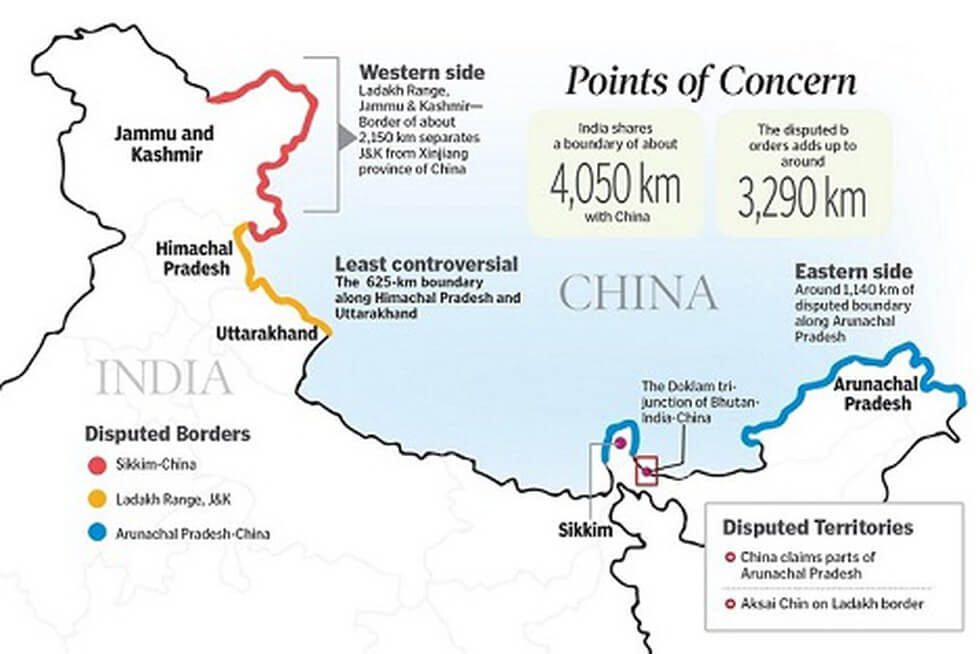
Disputed Territories
➤ Western Sector
- In the western sector, India shares about 2152 km long border with China.
- It is between the Union Territory of Ladakh (erstwhile state of Jammu and Kashmir) and Xinjiang Province of China.
- In this sector, there is a territorial dispute over Aksai Chin. India claims it as part of erstwhile Kashmir, while China claims it is part of Xinjiang.
- The dispute over Aksai Chin can be traced back to the British Empire's failure to clearly demarcate a legal border between China and its Indian colony.
- During British rule in India, two borders between India and China were proposed- Johnson’s Line and McDonald Line.
(i) The Johnson’s line (proposed in 1865) shows Aksai Chin in erstwhile Jammu and Kashmir (now Ladakh), i.e. under India’s control whereas McDonald Line (proposed in 1893) places it under China’s control.
(ii) India considers Johnson Line as a correct, rightful national border with China, while on the other hand, China considers the McDonald Line as the correct border with India. - At present, the Line of Actual Control (LAC) is the line separating Indian areas of Ladakh from Aksai Chin. It is concurrent with the Chinese Aksai Chin claim line.
➤ Middle Sector
- In this sector, India shares about 625 km long boundary with China which runs along the watershed from Ladakh to Nepal.
- Himachal Pradesh and Uttarakhand touch this border with Tibet (China) in this sector. Both sides do not have much disagreement over the border in this area.
➤ Eastern Sector
- In this sector, India shares a 1,140 km long boundary with China.
- It runs from Bhutan's eastern limit to a point near the Talu Pass at the trijunction of Tibet, India, and Myanmar.
- This boundary line is called McMahon Line.
- China considers the McMahon Line illegal and unacceptable claiming that Tibetan representatives who had signed the 1914 Convention held in Shimla which delineated the McMahon line on the map did not have rights to do so.
The India-Nepal Boundary
- Five states of India, namely Uttarakhand, Uttar Pradesh, Bihar, West Bengal, and Sikkim touch the Nepalese border with India. The border is a porous one with the unrestricted movement of goods and people between Indian and Nepal.
- A major portion of the Indo-Nepalese border runs in the east-west direction almost along the Shiwalik Range's foothill.
Disputed Territories
- Kalapani: Kalapani is a valley administered by India as a part of the Pithoragarh district of Uttarakhand. It is situated on the Kailash Mansarovar route. India's latest political map reiterated the Indian claims on the region that Nepal says belongs to its westernmost part. India claims the historic region as part of Uttarakhand.
(i) The Kali River in the Kalapani region demarcates the border between India and Nepal.
(ii) The Treaty of Sugauli signed by the Kingdom of Nepal and British India (after the Anglo-Nepalese War) in 1816 located the Kali River as Nepal’s western boundary with India. The discrepancy in locating the river's source led to boundary disputes between India and Nepal, with each country producing maps supporting their own claims. - Susta: Susta area is one of the disputed territories between India (Uttar Pradesh) and Nepal.
(i) Susta is located on the Gandak river bank (called Narayani river in Nepal).
(ii) The change of course by the Gandak river is the main reason for disputes in the Susta area.
The India-Bhutan Boundary
- Quite a peaceful border and there is no boundary dispute between the two countries.
The Indo-Pakistan Boundary
- The Indo-Pakistan boundary is the result of the country's partition in 1947 under the Radcliffe award of which Sir Cyril Radcliffe was the chairman.
- Jammu and Kashmir, Sir Creek are the major disputed regions.
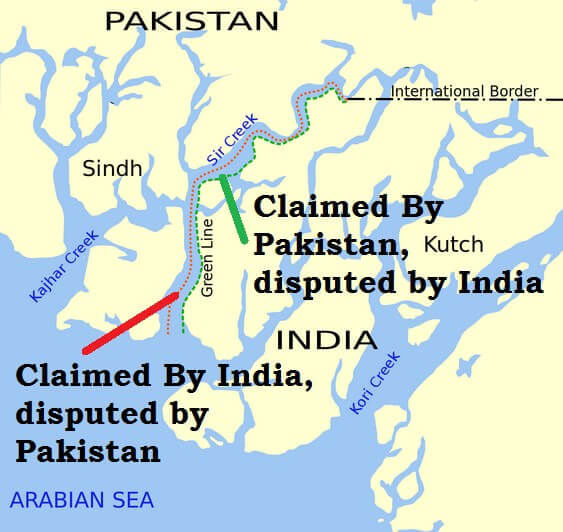
Disputed Territories
- Jammu and Kashmir, Pakistan-occupied Kashmir and Gilgit-Baltistan: Pakistan is in the illegal and forcible occupation of approximately 78,000 sq. km of Indian Territory Jammu and Kashmir. Under the so-called Sino-Pakistan Boundary Agreement of 1963, Pakistan illegally ceded 5,180 sq. km in Pakistan Occupied Kashmir to China.
- Siachen Glacier: The Siachen Glacier is located in the eastern Karakorams in the Himalayas just east of the Actual Ground Position Line between India-Pakistan.
With all major passes, the entire Siachen Glacier is currently under the administration of India since 1984 (Operation Meghdoot). - Saltoro Ridge: The Saltoro Mountains mountain range is a subset of Karakoram Heights or Saltoro Ridge. They are located in the heart of the Karakoram, on the southwest side of the Siachen Glacier.
(i) They are claimed as part of Jammu and Kashmir Union Territory by India and Gilgit-Baltistan by Pakistan.
(ii) In 1984, India assumed military control of the main peaks and passes of the range, with Pakistani forces into the glacial valleys just to the west. - Sir Creek: It is a 96 km long strip of water disputed between India and Pakistan in the Rann of Kutch marshlands.
(I). Pakistan claims the line to follow the eastern shore of the estuary. In contrast, India claims a centerline (differing interpretations of paragraphs 9 and 10 of the Bombay Government Resolution of 1914 signed between the then Government of Sindh and Rao Maharaj of Kutch).
(ii) The International Boundary in the Sir Creek area and International Maritime Boundary line (IMBL) between India and Pakistan have not been demarcated.
The India-Bangladesh Border
- India’s 4,096 km long border with Bangladesh is the longest.
- This boundary has been determined under the Radcliffe Award which divided the erstwhile province of Bengal into two parts.
India-Myanmar Boundary
- This boundary runs roughly along the watershed between the Brahmaputra and Ayeyarwady [Irrawaddy].
- It passes through thickly forested regions, with Mizo Hills, Manipur, and Nagaland on the Indian side and Chin Hills, Naga Hills, and Kachin state on the Myanmar side.
India-Sri Lanka Boundary
- India and Sri Lanka are separated from each other by a narrow and shallow sea called Palk Strait.
- Dhanushkodi on the Tamil Nadu coast in India is only 32 km away from Talaimanar in the Jaffna peninsula in Sri Lanka. These two points are joined by a group of islets forming Adam’s Bridge.
Though, by and large, peace has reigned where the Indo-Sri Lanka border issue is concerned, there were tensions over the question of who owned Kachchatheevu Island in the Palk Strait. India gave it to Sri Lanka in 1974.
Do you Know:
The Equator passes through 13 countries: Ecuador, Colombia, Brazil, Sao Tome & Principe, Gabon, Republic of the Congo, the Democratic Republic of the Congo, Uganda, Kenya, Somalia, Maldives, Indonesia, and Kiribati.
|
264 videos|875 docs|232 tests
|
FAQs on Indian Geographical Extent & Frontiers - Geography for UPSC CSE
| 1. What is the geographical extent of India and what are its frontiers? |  |
| 2. What is the standard time or time zone followed in India? |  |
| 3. Is India considered a tropical or temperate country? |  |
| 4. What is the border situation between India and China? |  |
| 5. How are the boundaries between India and its neighboring countries like Nepal, Bhutan, Pakistan, Bangladesh, Myanmar, and Sri Lanka defined? |  |

















